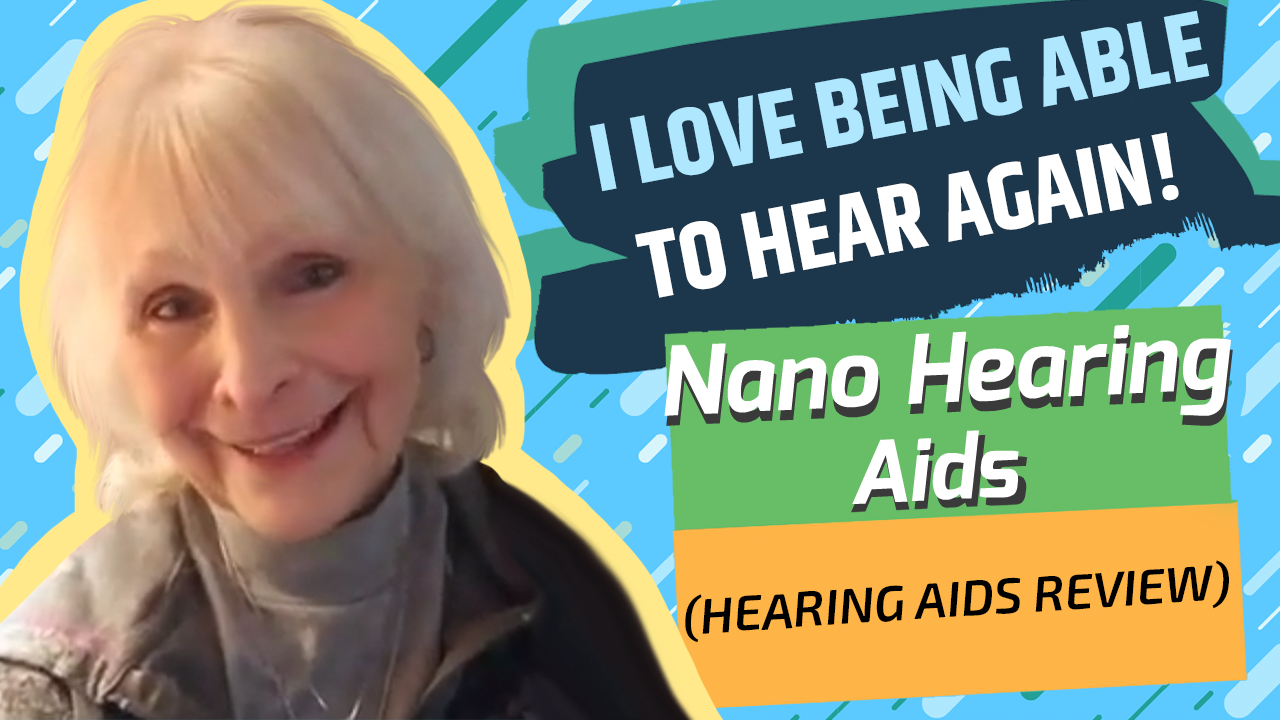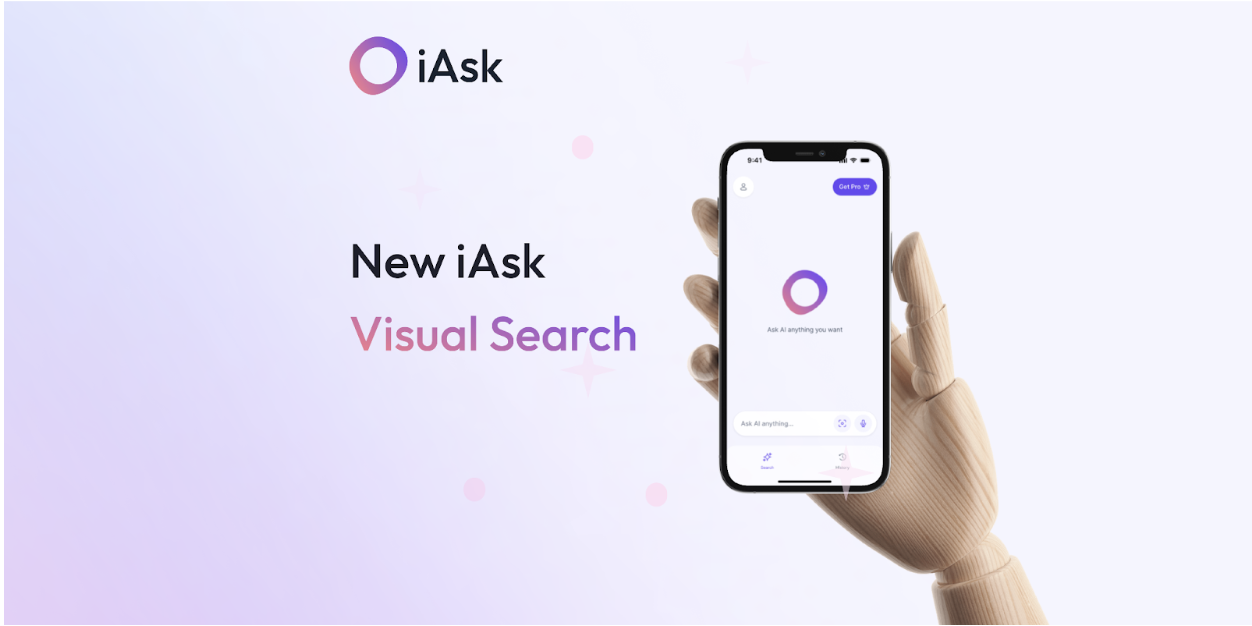Tech
Which Companies Produce the best Nano Hearing Aids?

When Nano hearing aids was founded by Robert Carlson, it was not long before the company became well-known for its hearing aid quality and affordability. Nano hearing aids has influenced the hearing aid market to such an extent that the name has been adopted by most people searching online for “digital hearing aids”. Today it is a major donor to veterans and one of the leaders in US-based R&D that leads to better hearing aids.
For Carlson, the challenge to produce an affordable hearing aid arose from his grandmother’s need to replace a lost hearing aid, but at $2,500 for one, it was beyond what she could afford. World-class engineers were consulted, resulting in top-quality digital hearing aids manufactured in Minnesota, U.S.A.
At a fraction of the cost of other traditional hearing aids, Nano hearing aids are medical grade with the latest digital nano-microchip technology. They helped the industry evolve from conventional hearing aids to some of the most trendy Bluetooth devices on the market today.
Nano hearing aids were released to the public online and before long their name became synonymous with all hearing aid brands. Their popularity stems from their affordable prices, high sound quality, and ease of online purchasing. without the complications of needing hearing prescriptions.
The top 10 list of hearing aids for 2020
Nanohearingaids.com
Nano hearing aids have reduced the search time for affordable hearing aids. On the Nano hearing aid website, the consumer has the choice of two types of devices, behind-the-ear and completely-inside-the-canal, and various models that cover all levels of age-related hearing loss.
All Nano digital hearing aids have the same technology as expensive hearing aid brands, yet the hearing devices have various sound and environmental settings that can be self-adjusted.
All models are popular because they are discreet, and their prices include hearing devices for both ears. They guarantee a snug fit and are delivered with many earbud size options. For those that don’t want to struggle with batteries, there are two types of rechargeable digital hearing aids.
Widex
Widex hearing aids cannot be bought online and an appointment must be made with a representative. They offer advanced technology and can only be programmed by an audiologist or remotely.
Eargo
Eargo.com sells its hearing aids directly to the consumer. There are three rechargeable models of completely-in-the-ear digital hearing aids. They don’t need to be pre-programmed, but the user can program them through an app or reach out for help from their hearing specialists.
ReSound
ReSound is a technologically advanced company with many years of providing hearing aids. These are only available from representatives, and on some models fine tuning can be made through their app.
Phonak
Phonak has seven digital haring aid devices in its range. These hearing aids can be purchased from representative sellers and are not available online. They can only be programmed remotely or by an audiologist.
Embrace Hearing
Embrace Hearing sells their hearing aids online, but the devices need to be pre-programmed by them from uploaded audiologist results. Even though these hearing aids are affordable, they are priced per hearing aid.
Starkey
Starkey has assistive features that can connect to a licensed audiologist to tune them remotely. However, these cannot be purchased online and are sold through a network of authorized dealers, after a scheduled appointment.
Audicius.com
Audicius sells digital hearing aids online. These online models are affordable but are priced per hearing aid. All Audicius hearing aids must first be programmed by audiologists before they are purchased and the consumer must upload the results of their audiogram.
LifeEar
LifeEar.com is the website of LifeEar selling directly to the consumer. These affordable digital hearing aids have modern features and sound adjustments can be made at home.
Costco
Costco hearing aids is largely known because it has walk-in centers. It may not be top of the range, but it is affordable too.
Not on the list, but starting to get known:
MDHearing
MDHearing Aids can be purchased online and they have analog and digital hearing aid models. The hearing aids are not preprogrammed, but for those that don’t want to program them alone, they do offer recommendations from their licensed audiologists.
Why consumer reviews are important?
Consumers rely heavily on reviews from other buyers before deciding on hearing aid purchases. Even though affordability is important, what most consumers are looking for is if they can trust the company to adhere to its money-back guarantees and if the quality and reliability of the hearing aids are as promised.
Unfortunately, many companies rely on fake reviews, and consumers need to be wary of these because they are misleading. Fake reviews may lead to them buying affordable hearing aids, but lacking in quality and effectiveness. Many companies use targeted review campaigns to falsely lead consumers looking to buy hearing aids. These are often generated by computers and consumers need to be especially wary of generic names and sudden spikes in reviews.
Nano hearing aids have caused a stir in the hearing aid market and more people with hearing loss now have an affordable choice of turning their social life around once more.
Tech
How iAsk Visual Search Captures and Delivers Detailed Insights from the World You See

Byline: Shem Albert
There are moments when the world around you sparks curiosity, yet you do not even know the word for what you are seeing. You describe it in painstaking detail, type and retype, scroll through search results, hoping something matches. Minutes pass, sometimes longer, just to uncover a simple answer. That experience of encountering something unfamiliar and struggling to put it into words is all too common, yet often goes unnoticed. With a single photo, however, everything changes. iAsk Visual Search bridges that gap. Suddenly, the mystery becomes an opportunity to learn, experiment, or act in the moment.
Turning Discovery into Action
Using iAsk Visual Search is simple, yet the possibilities it opens up are immediate. You open the app and snap a photo of the object, diagram, or scene that has caught your attention. Instantly, the app identifies what it sees and provides context, turning a moment of curiosity into a starting point for exploration. From there, you can ask follow-up questions to dig deeper, consider alternatives, or uncover how something works in practical terms.
This goes far beyond basic identification. Where traditional image recognition might simply name an object or offer a brief description, iAsk lets you continue the conversation. It remembers the image, so you can explore multiple layers of information without starting over. What begins as a single observation quickly expands into actionable insights you can apply immediately.
Real-World Applications in Everyday Life
The real test of significance for iAsk Visual Search is how it is used in a user’s everyday life. Novice cooks and experienced chefs can rely on it to identify an unfamiliar ingredient and ask follow-up questions, such as preparation tips, cooking methods, or possible substitutions. Users can experiment with complementary flavors or adapt recipes based on what is available in their pantry, reducing hesitation and encouraging culinary creativity.
A quick snapshot of a street sign, menu, or product label in a foreign language is another way iAsk Visual Search supports everyday tasks. Users can ask follow-up questions to clarify translations, understand cultural context, or receive practical guidance. This enables individuals to navigate unfamiliar environments with confidence and ease.
These examples illustrate how iAsk Visual Search can become a versatile companion in daily life. It can serve as a travel guide, a study aid, or a creative assistant. Artists, crafters, and curious hobbyists can explore materials, techniques, or designs with guidance that is immediate and interactive. Each interaction transforms curiosity into tangible results, empowering users to act on the knowledge they gain instantly.
A Tool That Stands Apart
iAsk Visual Search stands out for its interactive, context-sensitive design. Users can maintain an ongoing dialogue with the app, exploring details without losing sight of the original image. This makes it possible to investigate complex subjects and adapt the information to specific tasks.
Privacy and accessibility are central to the experience. Images are not stored, personal data is not tracked, and there are no ads to interrupt the workflow. The app is available across multiple platforms without subscription barriers, making it accessible to students, parents, hobbyists, and professionals alike.
Curiosity Translated into Results
iAsk Visual Search turns a simple photo into an understanding you can act on. Whether it’s decoding a diagram, identifying an object, or untangling a confusing concept, a snapshot instantly delivers context, explanations, and next steps. It doesn’t just show you — it teaches you, guiding each discovery into something useful.
Every question becomes a chance to learn, explore, or create. From the kitchen to the classroom, the trailhead to the studio, iAsk makes the world clearer and curiosity immediately productive.
Snap. Ask. Learn. Then act. The answers are there. All you need to do is iAsk.
-

 Tech5 years ago
Tech5 years agoEffuel Reviews (2021) – Effuel ECO OBD2 Saves Fuel, and Reduce Gas Cost? Effuel Customer Reviews
-

 Tech6 years ago
Tech6 years agoBosch Power Tools India Launches ‘Cordless Matlab Bosch’ Campaign to Demonstrate the Power of Cordless
-

 Lifestyle6 years ago
Lifestyle6 years agoCatholic Cases App brings Church’s Moral Teachings to Androids and iPhones
-

 Lifestyle5 years ago
Lifestyle5 years agoEast Side Hype x Billionaire Boys Club. Hottest New Streetwear Releases in Utah.
-

 Tech7 years ago
Tech7 years agoCloud Buyers & Investors to Profit in the Future
-

 Lifestyle5 years ago
Lifestyle5 years agoThe Midas of Cosmetic Dermatology: Dr. Simon Ourian
-

 Health7 years ago
Health7 years agoCBDistillery Review: Is it a scam?
-

 Entertainment6 years ago
Entertainment6 years agoAvengers Endgame now Available on 123Movies for Download & Streaming for Free
